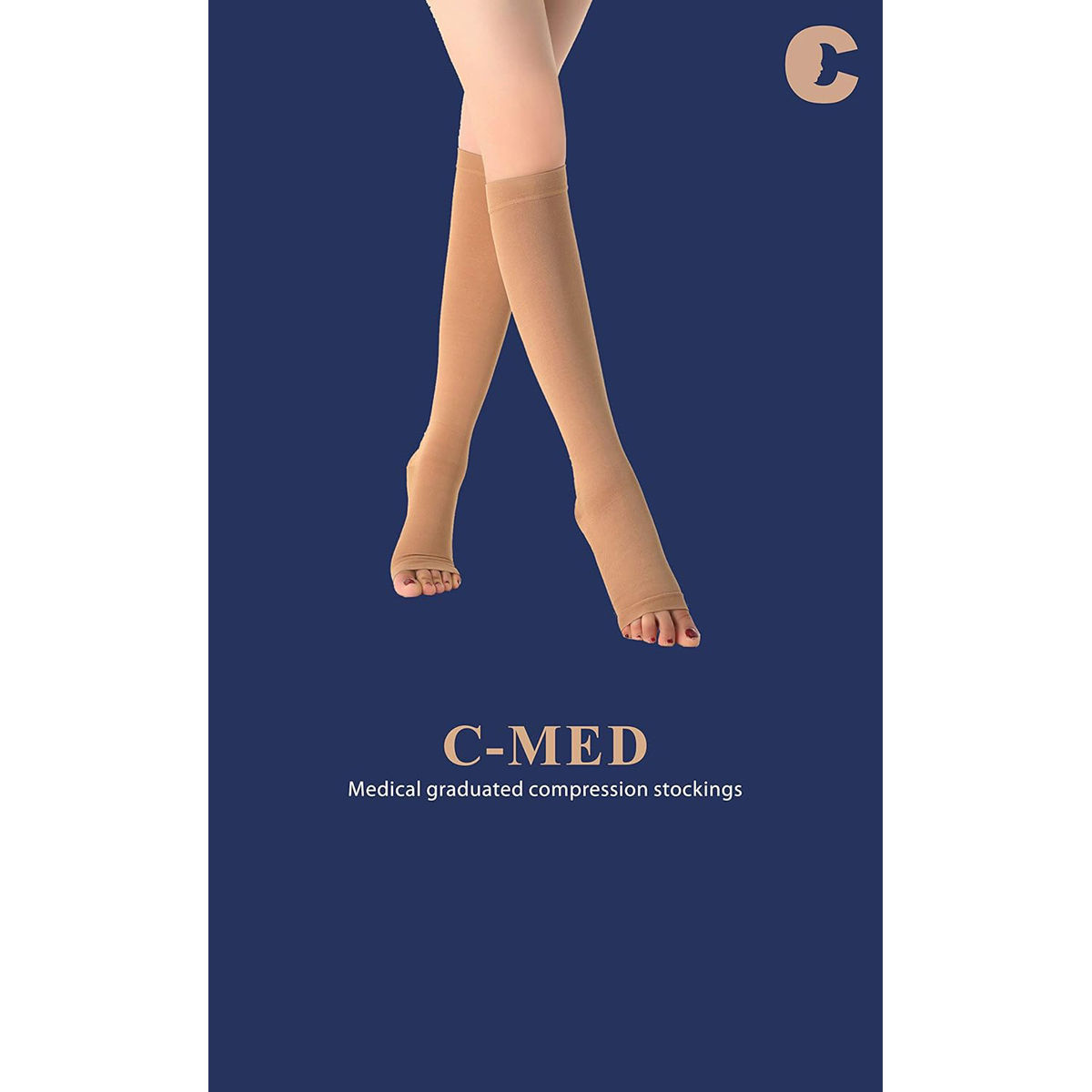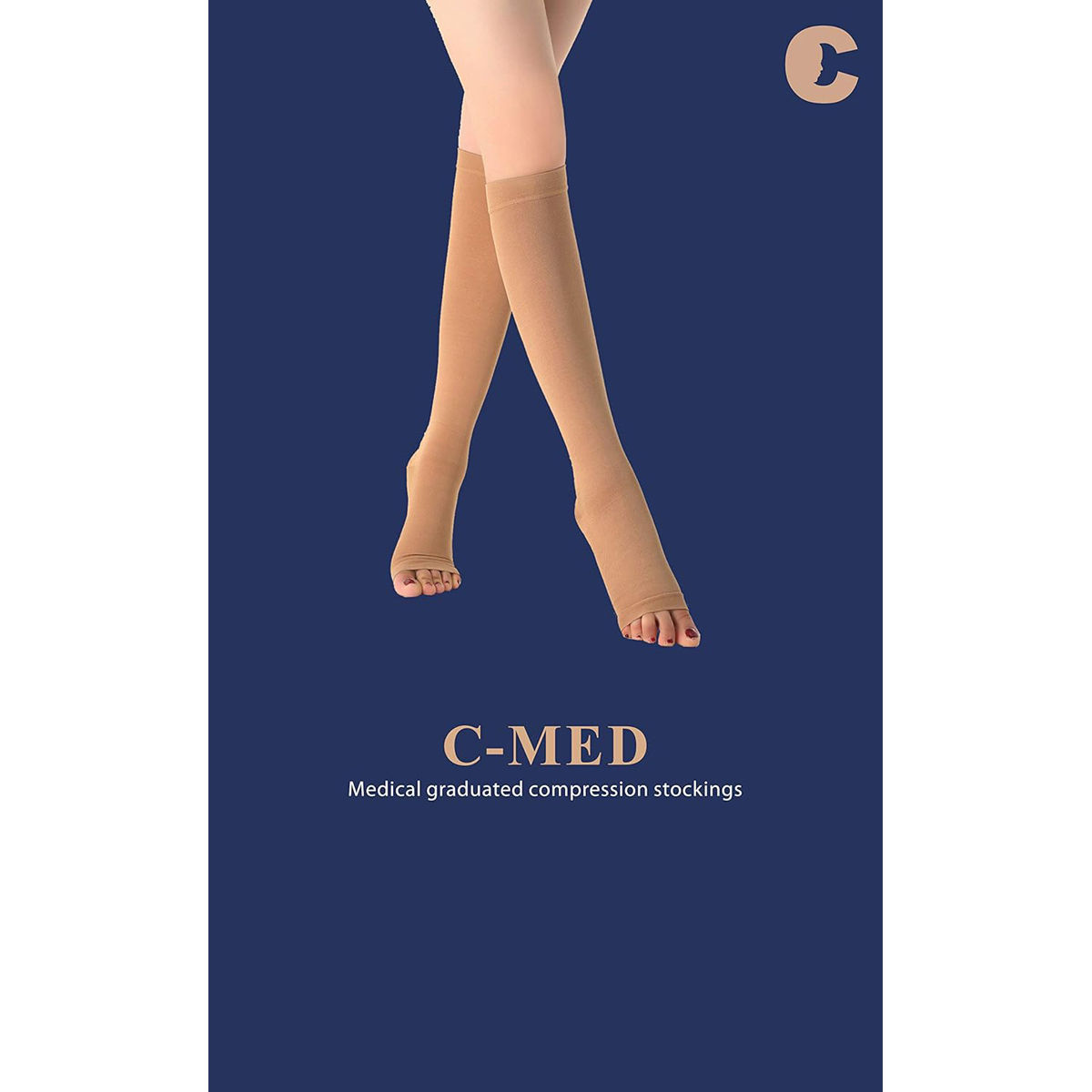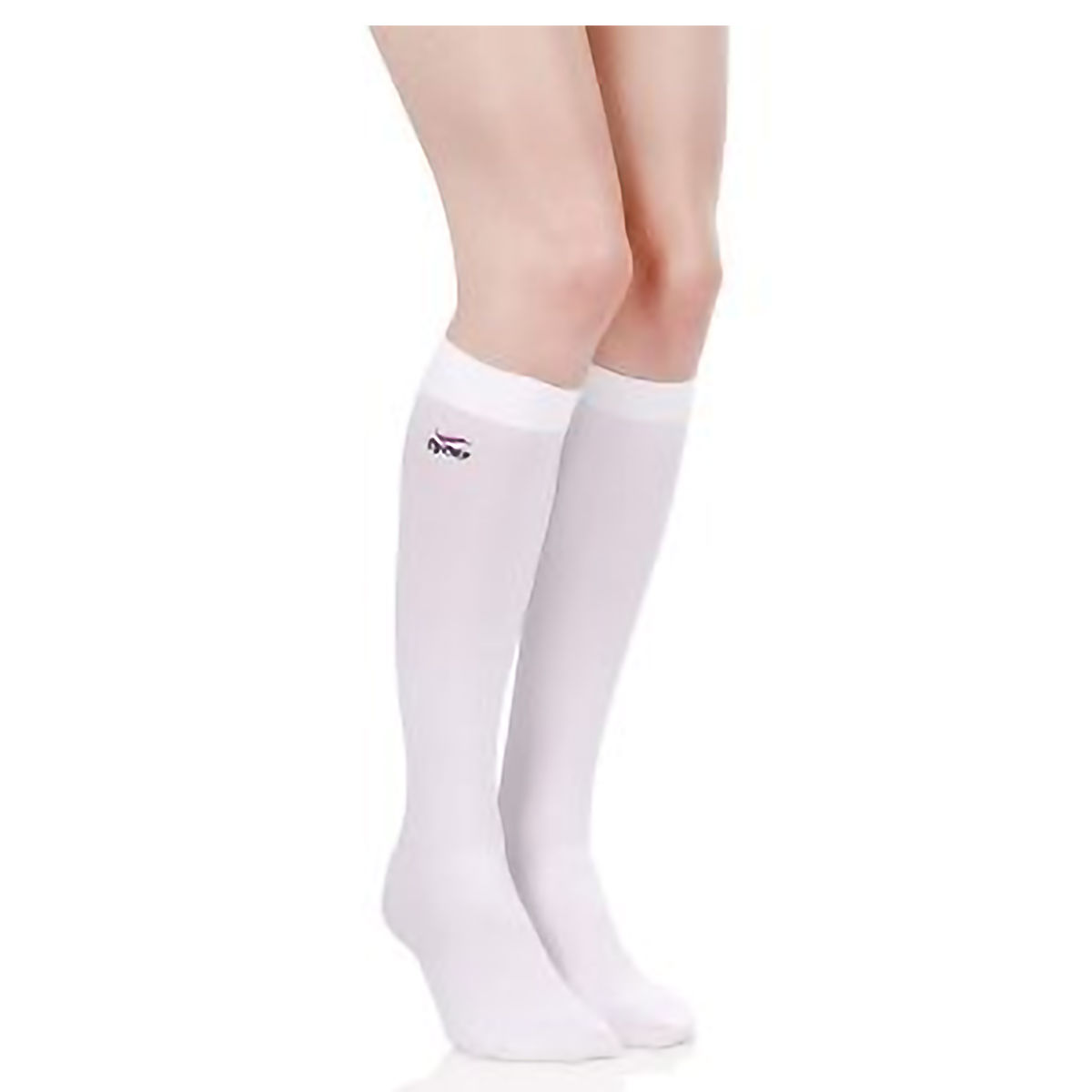Taking the family outdoors for a run, walk, or hike is one of the most enjoyable ways to stay active, connect with nature, and boost overall fitness. Whether it’s a short evening stroll around the neighborhood or a challenging weekend trek across rugged trails, having the right gear can make all the difference in comfort, safety, and performance. Two key essentials for outdoor fitness are hiking boots and compression socks—both designed to protect and support your feet in different yet complementary ways. Hiking boots provide stability, grip, and protection on uneven terrain, helping prevent ankle twists and injuries, while compression socks enhance blood circulation, reduce fatigue, and support faster muscle recovery. Understanding how these two work together ensures your family enjoys safe, comfortable, and efficient outdoor activities every time.





